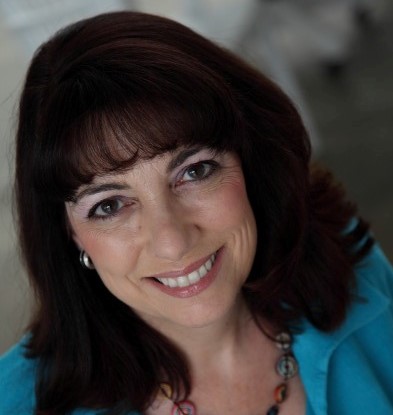District Administration recently posted an article on the benefits of a specific Apple device buyback program from Second Life Mac. Effectively, K-12 districts can trade in or trade up their aging laptops, tablets and accessories for funds that be used to get new ones.

It is not a novel concept but it is one that has eluded two-thirds of administrators who were polled by national education nonprofit Project Tomorrow. They said they’ve been reluctant to cash in on programs that easily could provide upgrades.
So why haven’t they?
“When we asked them why they aren’t participating, they said, ‘I don’t know how to do it,’ ” said Julie Evans, CEO of Project Tomorrow. “ ‘I don’t know who to talk to. I don’t know who the companies are. I don’t know what the process is for doing it.’ So, there was this lack of knowledge. They had a perception that at the end of their life cycle—three, four or five years—that the devices had no value at all, and just needed to be recycled or donated. Or that it was not worth their time to do the process.”
Those decisions could be affecting student learning and development. Evans says that despite a high priority by school leaders to achieve 1:1 device-to-student ratios, 28% of districts still aren’t there yet. The gaps are most apparent at elementary schools, but other schools may be operating with older devices that could be used toward trades.
“Buyback seems like a pretty good solution if you’re saying, I want to refresh devices more frequently than five or six years,” Evans says. “I want to make sure I’m putting a current device in the hands of someone that has all the features or functionality that they need and is supportive of the way that teachers are teaching. You go into many schools and you’re seeing, particularly Chromebooks, that are missing all their keys. How are we asking kids to use these devices, not as toys, but as learning tools?”
An embrace of buybacks?
One positive development is that the COVID-19 pandemic and distance learning finally jolted school leaders into looking hard at getting new ed tech. When asked whether they would consider a buyback program now, 62% of administrators surveyed said they would. Interestingly, CTOs and CIOs overwhelmingly said their top reason for following through would be to have better learning experiences for students; administrators said it would create more sustainable budget line items.
Evans said, “You’ve got this perfect storm of folks wanting to do the very best in terms of putting the right devices in the hands of kids. They are interested in making sure that they are setting up a budget line item. They’re familiar with buyback at the conceptual level, but here we have this opportunity for them to have greater knowledge about this as a potential way of addressing all those challenges”
More than 80% of technology leaders said a driving force between choosing different products was institutional fit. For example, are Chromebooks or other devices sufficient for a particular school? Around 60% said price was a factor, and the majority indicated they understood the cost of ownership. But Evans said less than half were using that process regularly. With money flowing into districts and a willingness and necessity to make bold decisions now, that should be front of mind for those looking at the future of learning.
So what should be expected this fall as students return en masse to classrooms?
“Districts are thinking, are we going to continue to do 1:1 in the fall, particularly in those early learning grades? Or are we going to go back to something that looks like what we were at before, which was with not 1:1 per se, but more the use of centers within the classroom, and devices that were within centers,” Evans said. “There were districts all across the country that were not virtual at all during the 2020-21 school year. Some of them did continue their 1:1 program. Others did not. They brought the devices back in and they’re keeping them at school. So it’s still a mixed bag out there.”
One concern districts might have about buybacks—other than the valuation of devices and security, which are ensured by strong companies like Second Life Mac—are the ease of selling them back and the installation of new devices. Though there are still considerations about delays from shippers, once they arrive, the implementation is pretty simple.
“Administrators might be thinking, so is this going to set me back from a teacher standpoint?” Evans said. “Are we going to have to retrench and retrain? Do I have to go all the way back to ground zero, because it’s a different product? No. In fact, we’re seeing much greater levels of adaptability by teachers to different devices and technology. That was a nice silver lining.”









